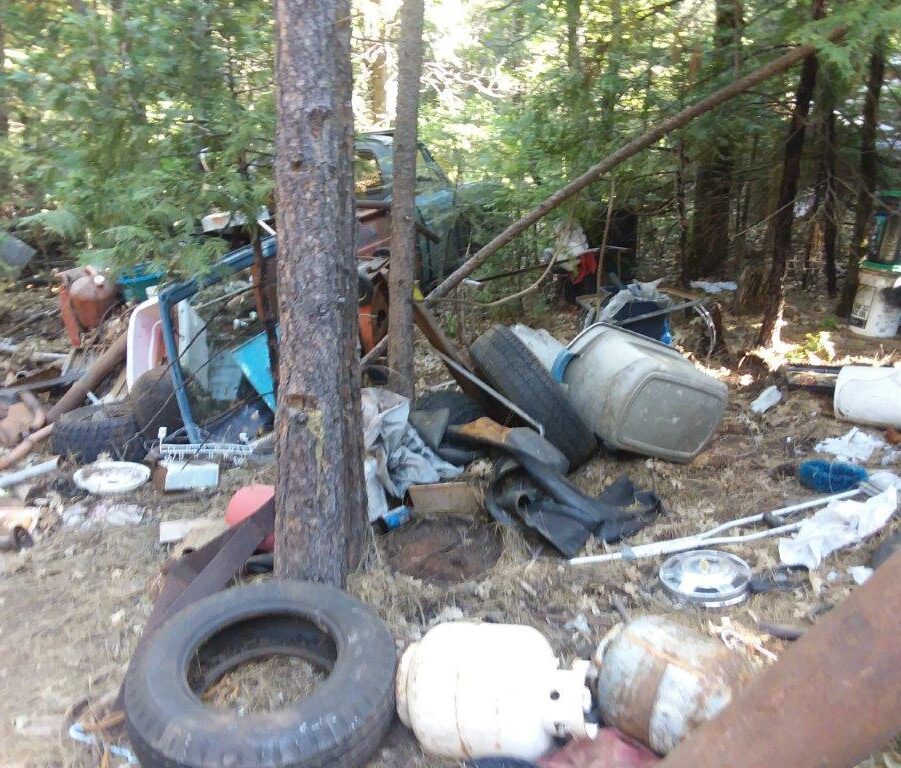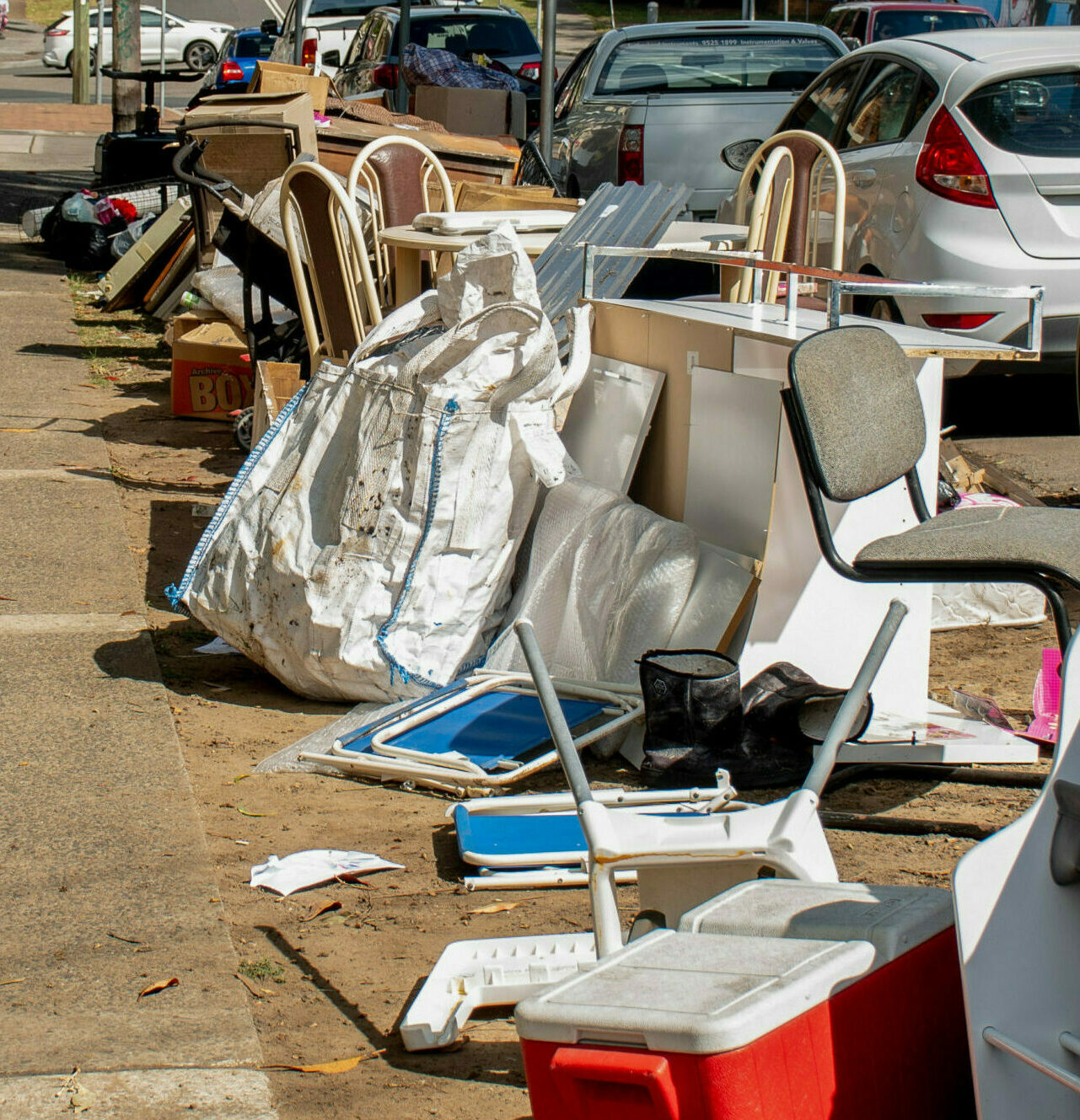Illegal Dumping Resources
The illegal dumping toolbox is a joint effort by the Illegal Dumping Technical Advisory Committee (IDTAC) and CalRecycle.
Illegal dumping issues are primarily the responsibility of the local government (see Additional Resources for Residents for your suggested local contact).
CalRecycle mainly assists with illegal disposal sites (Local Enforcement Agencies) and has some funding and resources for litter and illegal dumping cleanup projects. PDF guides:
Illegal Dumping Toolbox
The toolbox is structured around four essential elements that help combat illegal dumping, known as PACE, and other important topics:
Local governments can use the toolbox when establishing or expanding programs to ensure they are comprehensive and effective.
- IDCon5 Call for Presentations – Illegal Dumping Conference 2026
- Registration
- Statewide Illegal Dumping Conference Resource Pages 2024, 2023, 2022 & 2021
- Report Illegal Dumping Map
- IDTAC Meetings and Notes
- IDTAC Google Drive – Meeting notes, agendas, presentations and other documents (not maintained by CalRecycle)
- Homeless Encampment Reference Guide
- Illegal Dumping Email Updates listserv & messages – relevant news, resources & IDTAC matters
What is Illegal Dumping?
Illegal dumping is the act of disposing of solid waste at a location that is not a permitted solid waste disposal facility and is usually done for economic gain. Illegal dumping poses significant social, environmental, and economic impacts statewide. California’s local government spends tens of millions of dollars annually to remove illegally dumped materials, and private property owners incur significant costs to clean up illegal dumping. Illegal dump sites that are not abated often grow in size and can then become illegal disposal sites.
Government Involvement with Illegal Dumping
Local government tends to view illegal dumping as a litter/nuisance abatement issue rather than a solid waste issue. Local responses vary greatly statewide in terms of approach and level of activity. Local code enforcement plays a lead role in some communities, while public works departments have primary responsibility in others. Some jurisdictions, such as Alameda County, have conducted studies in cross-sector partnerships to explore scalable and replicable solutions to illegal dumping. Their report offers a close-up view of the problem, its roots, and solutions.
Local and State policing agencies will cite people caught illegally dumping, but those agencies are not usually responsible for cleanup programs. No single State or local agency is given responsibility for a comprehensive program to combat littering and illegal dumping, identified in the Penal Code as being punishable as infractions or misdemeanors. CalRecycle is responsible for investigation, cleanup, and enforcement of illegal solid waste disposal sites and shares this responsibility with local enforcement agencies.
Data, Reporting
Data collection helps measure problems, show trends, and can drive legislation and sound policy. There are a variety of tools available to capture pollution/illegal dumping volumes each with a slightly different mission whether collecting litter data (as small as 4”), general illegal dumping complaints (piles with furniture, household items, etc.) or recording large illegal disposal sites (spanning multiple acres).
Data/Reporting Tools Comparison Sheet
Pending feasibility, standardizing and compiling this type of data in one location may be worthwhile for a variety of reasons. (OEDP example)
Draft Illegal Dumping Data Collection Form Sample
Data can be used to justify funding/grants and budget allotments.
Report Illegal Dumping systems, a type of data tool, are common for initiating cleanup and enforcement actions and can provide education, guidance and direct users accordingly.
Surveys
California statewide illegal dumping surveys were conducted among cities and counties which included: most common illegally dumped items and areas where illegal dumping occurs, cost breakdowns by department (staff and disposal), prevention measures/programs (their effectiveness, barriers, and suggested changes) and types of funding sources.
Additional Resources for Residents
During its meetings, the committee recognized the need to develop resources for residents who wish to get involved in reporting and solving illegal dumping. As an example of local resources for residents, Los Angeles County created a web portal for residents to report illegal dumping. Another example shows the City of Redding’s online form to report illegal dumping.
Residents may also wish to use the reporting form available on CalEPA’s website.
CalRecycle offers a Beta-version Report Illegal Dumping (GIS/Geo) Map to find local resources for reporting illegal dumping. Please send map questions, corrections, and ideas to IllegalDumping@calrecycle.ca.gov.
California’s Illegal Dumping History, IDTAC Info
In 2006 the California Integrated Waste Management Board (now CalRecycle) established a high-level State and local illegal dumping enforcement task force to assess the extent of the problem and develop recommendations to enhance the effectiveness of local and regional responses to the problem. The task force recommendations were presented in March 2007 and staff analysis and recommendations on illegal dumping were presented in December 2007. One of the recommendations was to develop a web-based illegal dumping resources toolbox for local government. In December 2010, the task force was changed to a technical advisory committee. The committee has broad membership and representation, and any interested party can participate at meetings.
Questions or concerns about illegal dumping best practices or programs? Reach out directly to an IDTAC member via email, or by joining the independent Google Group to share general anti-dumping information with IDTAC Stakeholders throughout California. The IDTAC group communication platform is hosted outside of CalRecycle’s domain on Google Drive. CalRecycle does not maintain or control the contents of the host site or the linked documents.
For more information contact: Illegal Dumping, IllegalDumping@calrecycle.ca.gov


